Waxes in Cosmetics
This post will go over some of the most used waxes, the difference between them, and some information to help you decide which one to use in your cosmetics.
In cosmetics, waxes are ubiquitous ingredients. They contribute to stabilizing the product and helping keep it solid.
Due to their high melting point, Waxes increase the product's viscosity and improve its consistency and stability. Waxes have a melting point that usually is above 50°C.
Animal Origin Waxes:
The most used wax is Beeswax (animal origin), the INCI is Cera Alba. Beeswax is obtained from the honeycomb of the bee.
Beeswax consists mainly of esters of fatty acids and various long-chain alcohols. It is insoluble in water. The melting point of Beeswax ranges from 62 to 65°C.
Beeswax can create a protective layer on the skin. It's also a humectant, which means that it attracts water.
Beeswax varies in color, depending on various factors related to the bees themselves and the flowers they use to make the honey. There are three main types of Beeswax: Yellow, White, and Absolute.
Beeswax is used for candle making, lip balms, salves, different kinds of ointments, lotions, and cream, and even hair products.

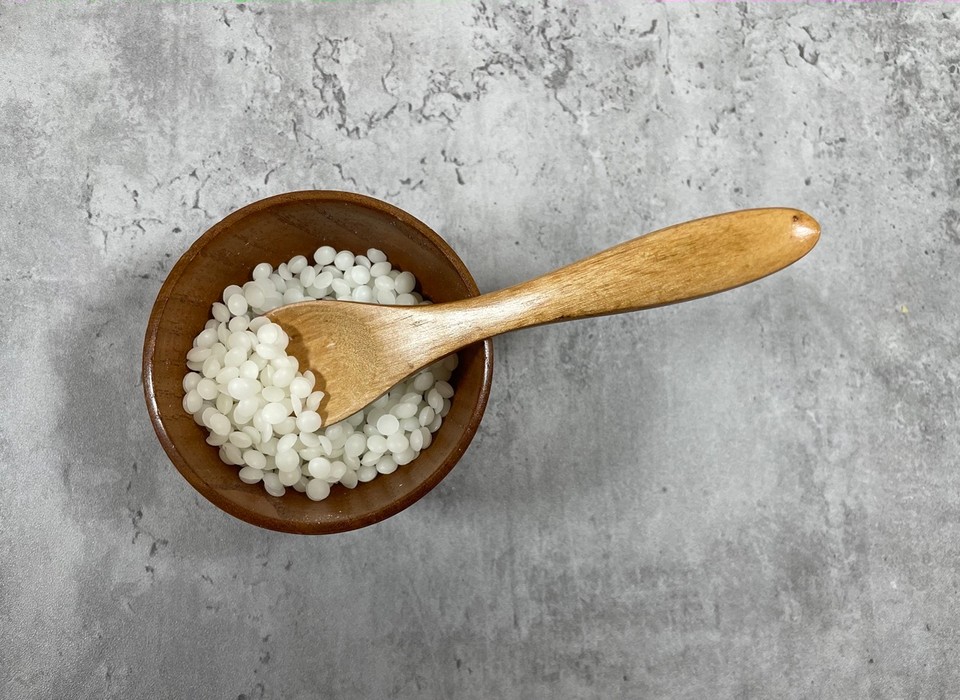
Lanolin, also an animal origin, is obtained from the sebum of sheep's wool. Lanolin is an effective emollient, mainly used in body creams and lotions to lock in moisture. But lanolin also has a bad reputation for irritating sensitive skin and cause allergic reactions.
Vegetable Origin Waxes:
Carnauba wax, INCI Name: Copernicia Cerifera (Carnauba) Wax, is a vegetable wax obtained from the leaves of the Brazilian palm tree Copernicia Cerifera.
Carnauba wax is insoluble in water but is soluble in alcohols and oils.
Carnauba wax melting point is 82-86°C. It is one of the hardest natural waxes.
The exceptionally high melting point of Carnauba Wax makes it ideal for enhancing the thermostability of cosmetic formulations.
Carnauba wax is used in balms, make-up foundations, hair care, salves, creams, lotions, and more.

Candelilla wax, NCI name is Candelilla Cera. The melting point of candelilla wax is 68.5°C to 72.5°C.
It is insoluble in water but soluble in many organic solvents.
Candelilla is a vegetable wax obtained from the Euphorbia Cerifera botanical. Its name means “little candle.”
Candelilla wax is a natural alternative to Beeswax. They have similar melting points.
Candelilla wax can be used in many cosmetics products, the same as Beeswax.
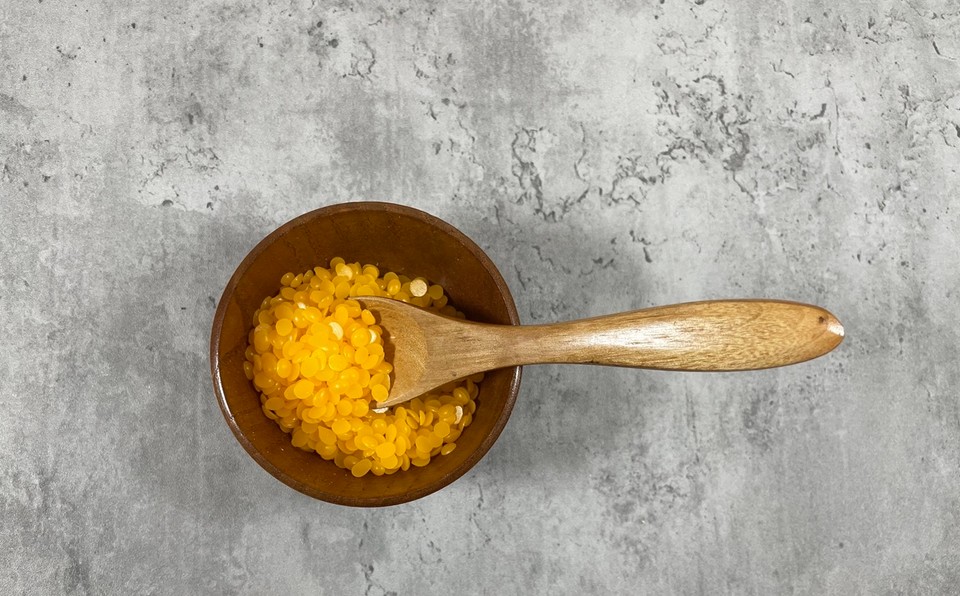
Sunflower wax, INCI Name: Helianthus Annuus (sunflower) seed wax, Is another vegetable wax. Soluble in oils, insoluble in water. It is obtained from the winterization of sunflower oil, and its melting point is 74-77°C.
Sunflower wax contains essential fatty acids and vitamins A, D, and E.
Sunflower wax is used in creams, lotions, lip balms, ointments, lipsticks, deodorants.

Rice bran wax INCI: Oryza sativa cera. Rice bran wax is derived from the extraction and de-waxing of rice bran oil.
It has a melting point of close to 80°C and is often compared to Carnauba wax.
If you want to use rice bran wax instead of beeswax, you need to reduce the dosage since its melting point is higher than beeswax. Rice bran wax imparts a silky skin feel and reduces the stickiness of emulsions.
It is used in many cosmetics products, such as cremes, sunscreens, balms, lotions, and mak-up products.
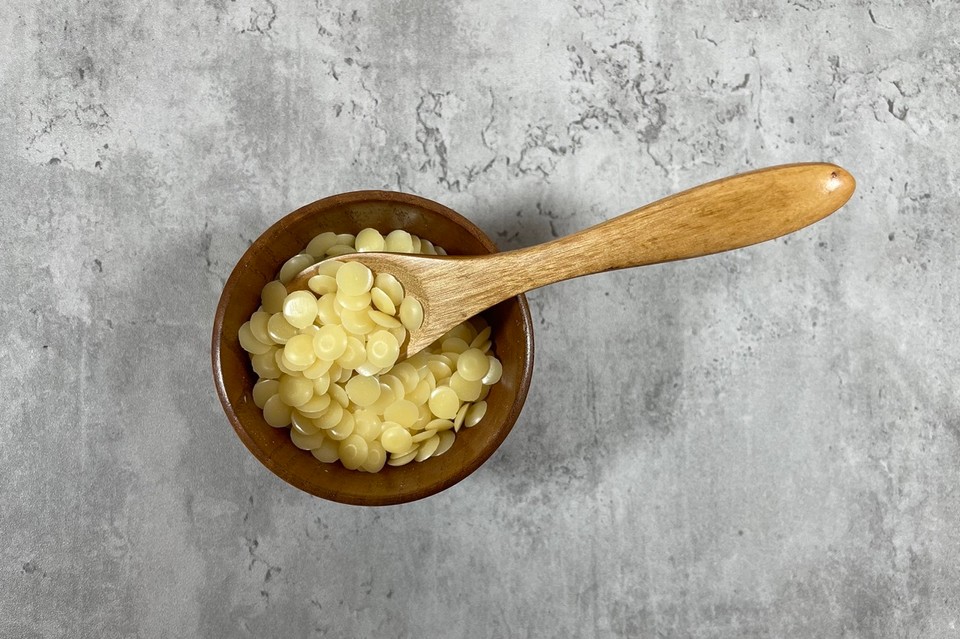
Berry wax, INCI: Rhus verniciflua peel cera. The wax is obtained from the berries of a southern African shrub.
Berry wax melting point is 48 - 54°C.
The wax gives a soft consistency and lipid regulating effects to cosmetic products, especially lipsticks, cosmetic pencil products, hair products, and creams.
Berry wax is known for its added silky texture in emulsions.
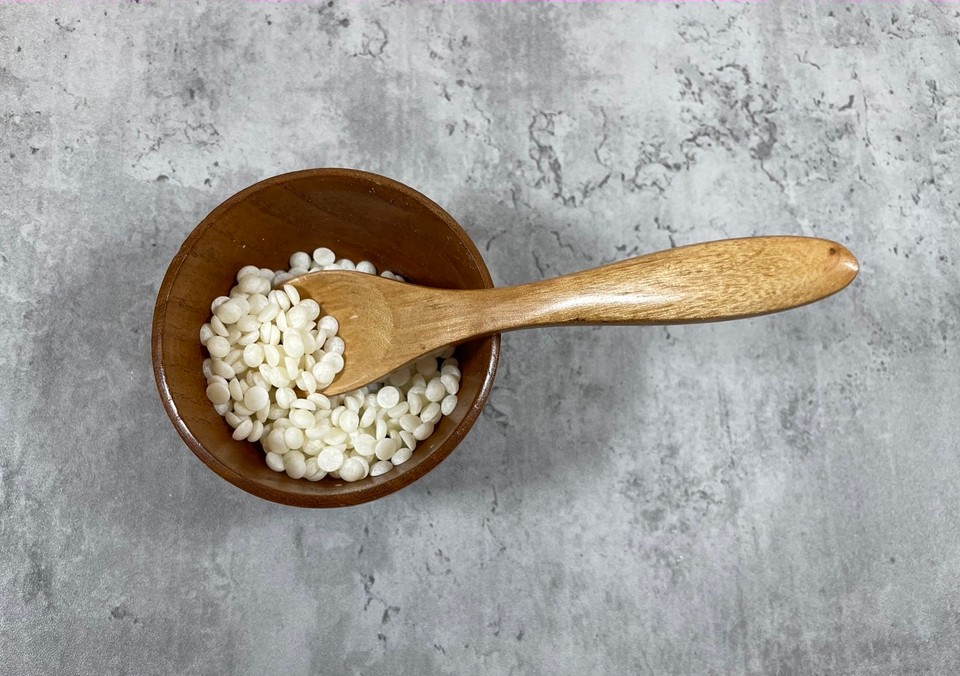
Myrica fruit wax, INCI: Myrica Cerifera Fruit Wax.
Myrica Cerifera Fruit wax is derived from the peels of the myrica berry, a tree/shrub native to the Colombian Andes.
Myrica fruit wax melting point is 45-55°C.
Myrica wax is used in all cosmetic products, from cleansing balms and hairstyling products to emulsions and whipped butter.

Soy wax, INCI: Hydrogenated soybean oil.
Soy wax is a vegetable wax made from the oil of soybeans.
Candlemakers use Soy wax as a vegan alternative to beeswax.
The melting point of the soy wax is 48.9 to 82.2°C (depending on the blend).
Soy wax is considered safe to use in skincare products.
Floral Waxes:
Jasmin flower wax, INCI: Jasminum Grandiflorum Flower Cera.
The wax is obtained from the flowers of the Spanish Jasmine.
The wax is the solid aromatic by-product of making the absolute. It adds Jasmine aroma to cosmetic products.
The melting point is around 60°C.
Jasmin flower wax can be used in balms, creams, lotions, and soaps.
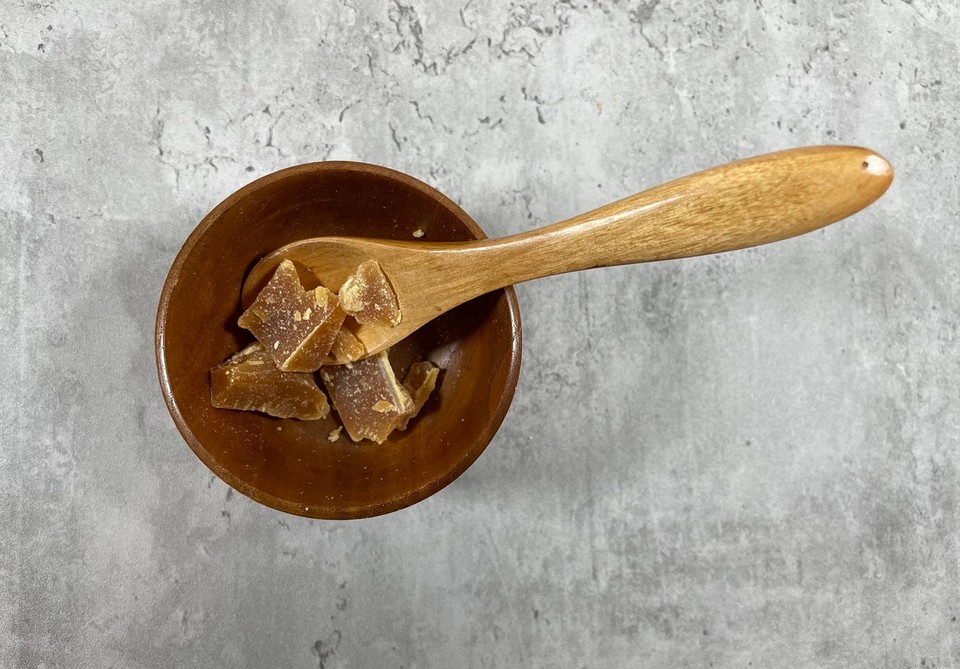
Mimosa wax, INCI: Acacia decurrens extract.
Mimosa wax is produced during the making of mimosa absolute.
The melting point of the wax is 60 -70 °C.
Mimosa wax is used to thicken the product and add a lovely aroma.
Mimosa wax also has softening and soothing properties.
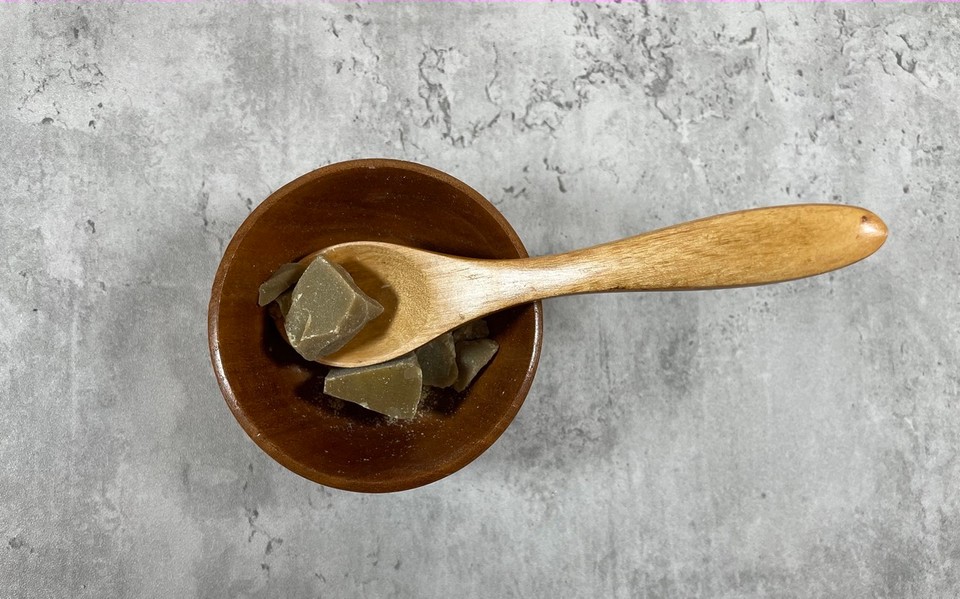
Rose wax, INCI: Rosa Damascena Flower Cera and Rosa Centifolia Flower Cera.
The Rose Wax is obtained from our Bulgarian Rose Damascena flowers. During the production of rose absolute.
The melting point of the wax is 60°C-70ºC.
It is mainly used for candles and solid perfumes for its fragrance of Bulgarian Roses. The Rose Wax has soothing and softening properties for the skin.
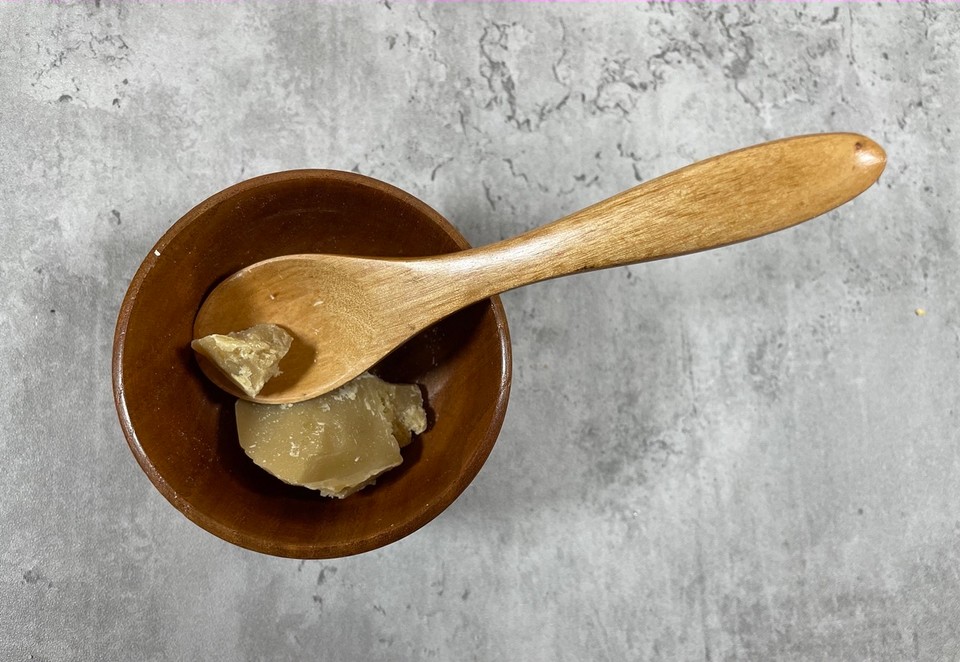
I hope you’ll find this information useful, and you can use it when choosing your waxes when making your cosmetics.
